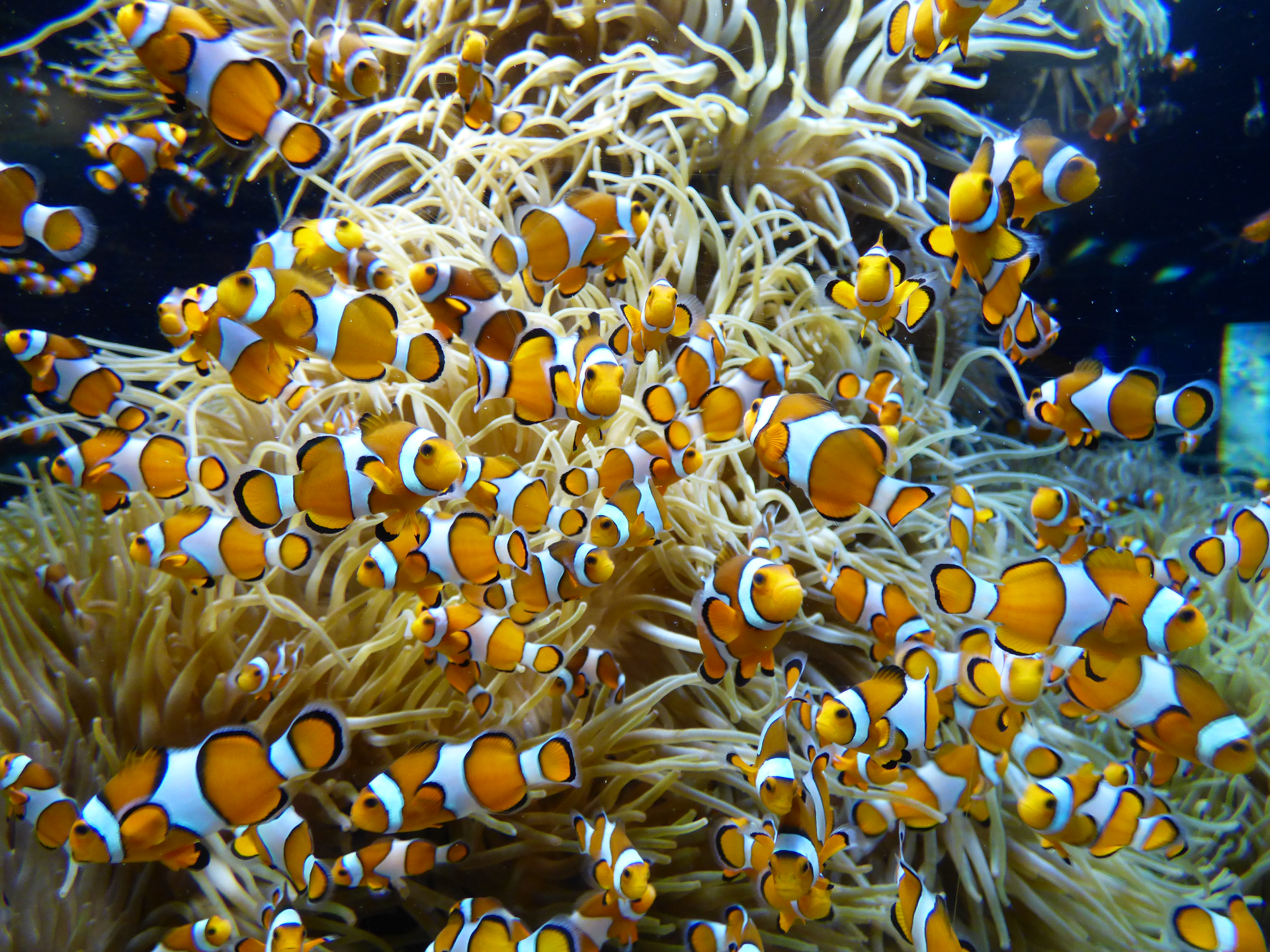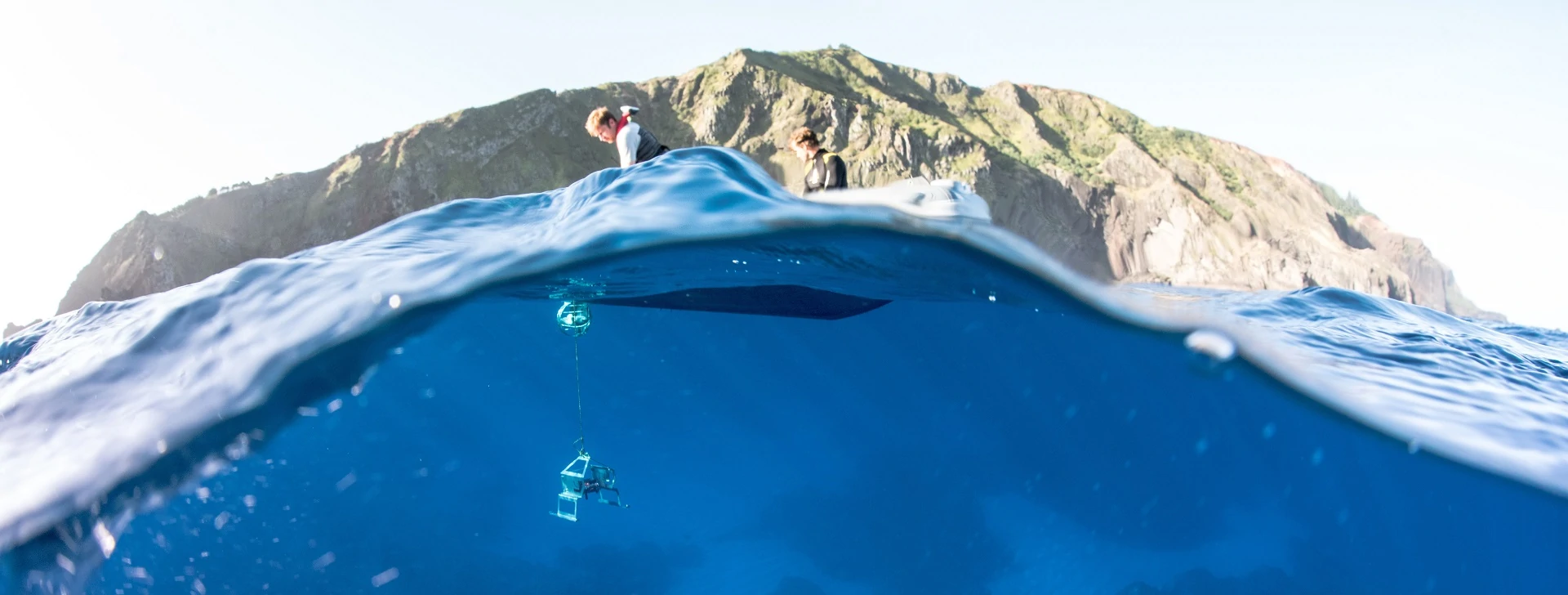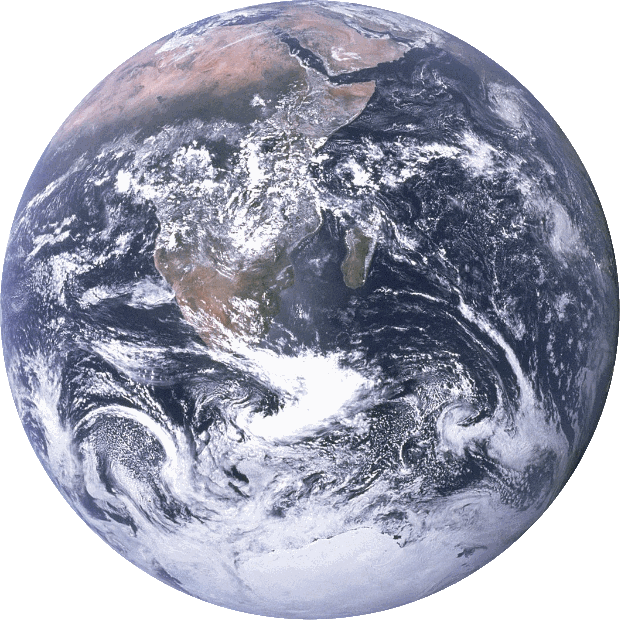Additional data on protected animals not reported as used within experimental procedures 2023
Cefas conducts applied research using fish which aims to: protect wild populations, biodiversity and the environment; and reduce disease and improve welfare in cultured stocks.
In the UK, scientific work with live protected (sentient) animals which has the potential to cause suffering is regulated under the Animals (Scientific Procedures) Act 1986 (Amended Regulations 2012). This regulation, referred to as ASPA, is administered by the Home Office. ASPA requires researchers to minimise animal use and harm, and Establishments to record the “source, use and disposal of all protected animals used in procedures, bred or obtained for use, or supplied for use”.
The Home Office requires annual reporting of the numbers of individual animals used in regulated procedures and the severity of the harm they experienced; national Statistics of Scientific Procedures on Living Animals are then published. As a signatory of the Concordat on Openness on Animal Research Cefas is committed to openness and transparency and we publish annual data on our use of animals in regulated procedures.
In 2017, the Home Office also collected “additional data” on the numbers of protected animals bred at Establishments for scientific use that were humanely killed or died outside regulated procedures so were not reported as used. To be open about our animal research, Cefas has published its “additional data” annually. The figures for 2017-2023 are tabulated below. Our additional data comprise protected-stage fish originating from colonies held at our (or other) Establishments, and stocks hatched (≈ born) at our Establishments from eggs brought in. Further data on the total numbers of fish of farmed and wild origins (i.e., not Establishment-bred or hatched) are also included for completeness.
These additional numbers represent fish at and after the first-feeding stage that were:
- humanely killed for welfare reasons, or died at our Establishments;
- surplus, associated with batches of fish brought in or reared for experimental use;
- sampled to confirm the health status of stocks prior to experimental use;
- contingency animals to ensure suitable numbers for experiments;
- used to provide samples outside of regulated procedures, i.e. for research that did not cause suffering.
All fish killed were euthanised in accordance with the ASPA Schedule 1 Appropriate Methods of Humane Killing and were used during mandatory staff training where suitable.
In 2023, there were 2,296 “additional” fish. The species and their origins reflect relevance to our ongoing applied research. In 2023, the majority (85%) were bred for scientific use: the salmonids (Atlantic salmon, rainbow trout, coho salmon) were hatched from eggs brought into the laboratory and reared to support pathogen susceptibility experiments; the laboratory model species (zebrafish, three-spined stickleback) were from in-house colonies supporting ecotoxicology studies.
Cefas’s additional numbers decreased slightly from 2,639 in 2022 to 2,296 in 2023 and have decreased by 86% since 2017. The long-term decrease is largely due to reduced laboratory production of salmonid and marine species. Since 2020, Atlantic salmon and rainbow trout are only reared to meet specific research requirements, rather than stocks being maintained. In-house rearing of marine fish species ceased following closure of the Lowestoft aquarium. In-house colonies of zebrafish and three-spined stickleback ceased in 2018/2019 but were re-established in 2022/2023 to support new research programs. The three-spined stickleback laboratory colony was re-established with progenitors supplied from fish farms (included within the 2023 “farmed” total below).
Cefas does not conduct scientific procedures with live cephalopods, all species of which were protected under ASPA following the Amendment Regulations 2012. The Animal Welfare (Sentience) Act 2022 recognised decapods as sentient, and the Home Office are exploring the implications of this for ASPA. Cefas does conduct research with live decapods, and we will report their additional numbers (and procedure use) when protected under ASPA.
Cefas regularly reviews the use and production of animals in relation to anticipated research requirements, at both management and Animal Welfare and Ethical Review Body (AWERB) levels.
Glossary
Protected animal: “All living vertebrates, other than a human, including certain immature forms, and any living cephalopod.” “Larval forms of fish and amphibians are protected animals once they are capable of feeding independently.”
Establishment: “A place holding a licence which has been granted under section 2C of ASPA”
Regulated procedure: “A procedure is regulated if it is carried out on a protected animal for a scientific or educational purpose and may cause that animal a level of pain, suffering, distress or lasting harm equivalent to, or higher than, that caused by inserting a hypodermic needle according to good veterinary practice.”
AWERB: Animal Welfare and Ethical Review Body
Decapods: Members of the crustacean Order Decapoda, e.g. crab, lobster, crayfish, shrimp, prawn.
Cephalopods: Members of the molluscan Class Cephalopoda, e.g. squid, octopus, cuttlefish. Prior to 2012, Octopus vulgaris was the only cephalopod species protected under ASPA.
Additional data: the numbers of animals that were killed or died in 2017-2023 but were not reported as regulated procedures. Names according to FAO’s ASFIS List of Species for Fishery Statistics Purposes.
|
Origin |
Common name |
Scientific name |
2017 |
2018 |
2019 |
2020 |
2021 |
2022 |
2023 |
Annual average |
|
Bred for scientific use |
Common carp |
Cyprinus carpio |
0 |
1,097 |
3,970 |
533 |
6,052 |
777 |
0 |
1,776 |
|
Atlantic salmon |
Salmo salar |
4,778 |
2,643 |
2,235 |
733 |
1,498 |
1 |
393 |
1,754 |
|
|
Rainbow trout |
Oncorhynchus mykiss |
4,482 |
2,184 |
2,253 |
477 |
59 |
17 |
400 |
1,410 |
|
|
Atlantic cod |
Gadus morhua |
2,505 |
0 |
0 |
0 |
0 |
0 |
0 |
358 |
|
|
|
Zebrafish(=Zebra danio) |
Danio rerio |
826 |
929 |
0 |
0 |
0 |
80 |
624 |
351 |
|
|
Three-spined stickleback |
Gasterosteus aculeatus |
680 |
640 |
534 |
144 |
0 |
0 |
188 |
312 |
|
European plaice |
Pleuronectes platessa |
970 |
0 |
0 |
0 |
0 |
0 |
0 |
139 |
|
|
|
Coho(=Silver) salmon |
Oncorhynchus kisutch |
0 |
0 |
0 |
0 |
0 |
0 |
336 |
48 |
|
Subtotal: Bred for scientific use |
|
14,241 |
7,493 |
8,992 |
1,887 |
7,609 |
875 |
1,941 |
6,148 |
|
|
% Bred for scientific use out of total for all origins |
|
88% |
83% |
95% |
100% |
99% |
33% |
85% |
87% |
|
|
Farmed |
Ballan wrasse |
Labrus bergylta |
939 |
812 |
0 |
0 |
0 |
0 |
0 |
250 |
|
|
Atlantic salmon |
Salmo salar |
0 |
20 |
0 |
0 |
0 |
1,220 |
0 |
177 |
|
|
European seabass |
Dicentrarchus labrax |
627 |
167 |
439 |
0 |
0 |
0 |
0 |
176 |
|
|
Turbot |
Scophthalmus maximus |
81 |
339 |
0 |
0 |
0 |
0 |
0 |
60 |
|
|
Three-spined stickleback |
Gasterosteus aculeatus |
0 |
0 |
0 |
0 |
0 |
0 |
355 |
51 |
|
|
Tench |
Tinca tinca |
0 |
0 |
0 |
0 |
0 |
262 |
0 |
37 |
|
|
Orfe(=Ide) |
Leuciscus idus |
0 |
0 |
0 |
0 |
0 |
219 |
0 |
31 |
|
|
Common carp |
Cyprinus carpio |
103 |
29 |
35 |
0 |
0 |
0 |
0 |
24 |
|
|
Lumpfish |
Cyclopterus lumpus |
0 |
0 |
30 |
0 |
112 |
0 |
0 |
20 |
|
|
Barbel |
Barbus barbus |
92 |
0 |
0 |
0 |
0 |
0 |
0 |
13 |
|
|
Chub |
Leuciscus cephalus |
92 |
0 |
0 |
0 |
0 |
0 |
0 |
13 |
|
|
Rudd |
Scardinius erythrophthalmus |
0 |
0 |
0 |
0 |
0 |
63 |
0 |
9 |
|
|
Goldfish |
Carassius auratus |
0 |
62 |
0 |
0 |
0 |
0 |
0 |
9 |
|
Subtotal: Farmed |
|
1,934 |
1,429 |
504 |
0 |
112 |
1,764 |
355 |
871 |
|
|
% Farmed out of total for all origins |
|
12% |
16% |
5% |
0% |
1% |
67% |
15% |
12% |
|
|
Wild-caught |
European plaice |
Pleuronectes platessa |
35 |
5 |
0 |
0 |
0 |
0 |
0 |
6 |
|
|
Sand goby |
Pomatoschistus minutus |
0 |
30 |
0 |
0 |
0 |
0 |
0 |
4 |
|
|
Common dab |
Limanda limanda |
0 |
27 |
0 |
0 |
0 |
0 |
0 |
4 |
|
|
Atlantic cod |
Gadus morhua |
6 |
11 |
0 |
0 |
0 |
0 |
0 |
2 |
|
|
Common sole |
Solea solea |
7 |
7 |
0 |
0 |
0 |
0 |
0 |
2 |
|
|
Dragonet |
Callionymus lyra |
0 |
7 |
0 |
0 |
0 |
0 |
0 |
1 |
|
|
Thornback ray |
Raja clavata |
3 |
0 |
0 |
0 |
0 |
0 |
0 |
0 |
|
|
Shorthorn sculpin |
Myoxocephalus scorpius |
2 |
1 |
0 |
0 |
0 |
0 |
0 |
0 |
|
|
European eel |
Anguilla anguilla |
1 |
0 |
0 |
0 |
0 |
0 |
0 |
0 |
|
|
Greater pipefish |
Syngnathus acus |
1 |
0 |
0 |
0 |
0 |
0 |
0 |
0 |
|
|
Hooknose |
Agonus cataphractus |
0 |
1 |
0 |
0 |
0 |
0 |
0 |
0 |
|
|
Three-bearded rockling |
Gaidropsarus vulgaris |
0 |
1 |
0 |
0 |
0 |
0 |
0 |
0 |
|
Subtotal: Wild-caught |
|
55 |
90 |
0 |
0 |
0 |
0 |
0 |
21 |
|
|
% Wild-caught out of total for all origins |
|
0.3% |
1.0% |
0% |
0% |
0% |
0% |
0% |
0% |
|
|
All |
Total: all origins |
|
16,230 |
9,012 |
9,496 |
1,887 |
7,721 |
2,639 |
2,296 |
7,040 |
Notes
The annual average column is the mean of the values from 2017 to 2023 for each row, except for the percentages.
The annual average for the percentages by origin is 100% * annual average by origin / annual average total all origins.
For example, the annual average % bred for scientific use is 100% * 6,148 / 7,040 = 87%.
Following review of records, the additional number of rainbow trout bred for scientific use in 2022 was revised to 17 from 0. The row for 63 farmed rudd was omitted in the 2022 table, but the fish were included within the totals.


